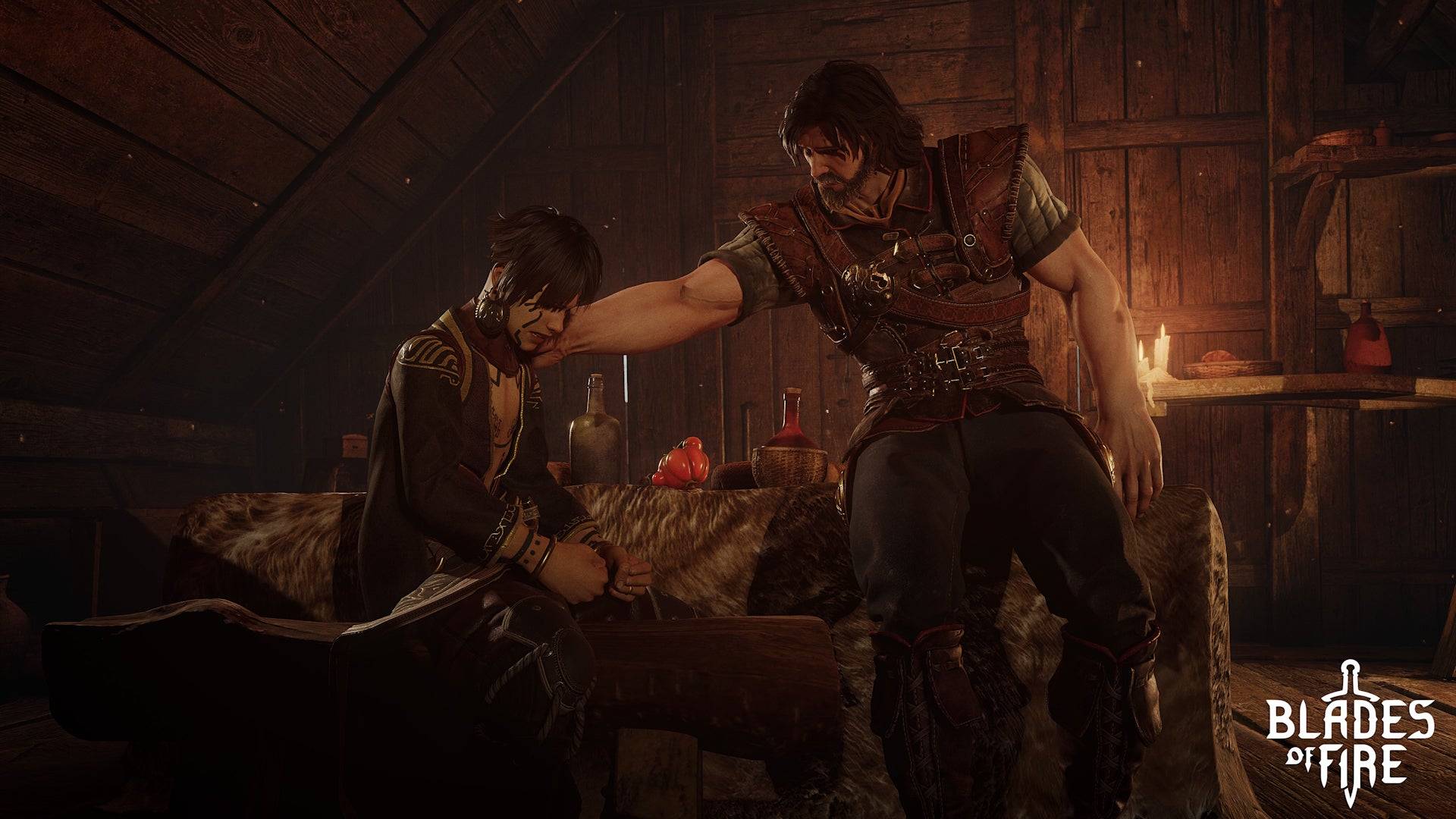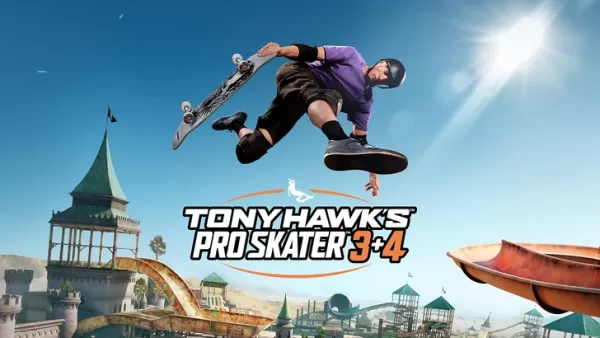
When I began playing MercurySteam's new action RPG Blades of Fire, my initial assumptions proved both accurate and misleading. What appeared to be a spiritual successor to the studio's Castlevania games blended with God of War mechanics gradually revealed itself as something more complex – a Soulslike with weapon-based progression rather than traditional character stats. After three hours of playtesting, I discovered this title creatively reimagines familiar mechanics through fresh systems that make it stand apart in the action-adventure landscape.
Superficial similarities to Santa Monica Studio's work are undeniable. The dark fantasy setting, weighty combat, and over-the-shoulder camera perspective evoke God of War's Norse saga. These parallels persist throughout the opening hours - I navigated puzzle-filled environments with a young companion, culminating in a visit to a dwellingsituated on a massive creature. The game occasionally feels overly derivative when combining these elements with FromSoftware trademarks like health-replenishing checkpoints that reset enemies.
An 80s Fantasy Revival
Blades of Fire channels 1980s fantasy aesthetics with remarkable consistency. Its muscular warriors would feel at home alongside Conan, while bizarre orangutan-like foes bouncing on bamboo stilts seem lifted from Jim Henson's creature workshops. The narrative premise – about a blacksmith demigod restoring metal to a petrified world – echoes classic game storytelling from the Xbox 360 era rather than contemporary narrative ambitions.
Directional Combat With Impact
The game shines brightest in its mechanical innovations. Its directional combat system assigns each face button to specific attack angles – triangle targets heads, cross hits torsos, while square and circle execute left/right slashes. This creates strategic depth as you analyze enemy stances to bypass defenses, like gut-stabbing a guard protecting their face. Combat delivers visceral satisfaction with exaggerated blood effects and a dismemberment system that lets you literally disarm foes by severing limbs.
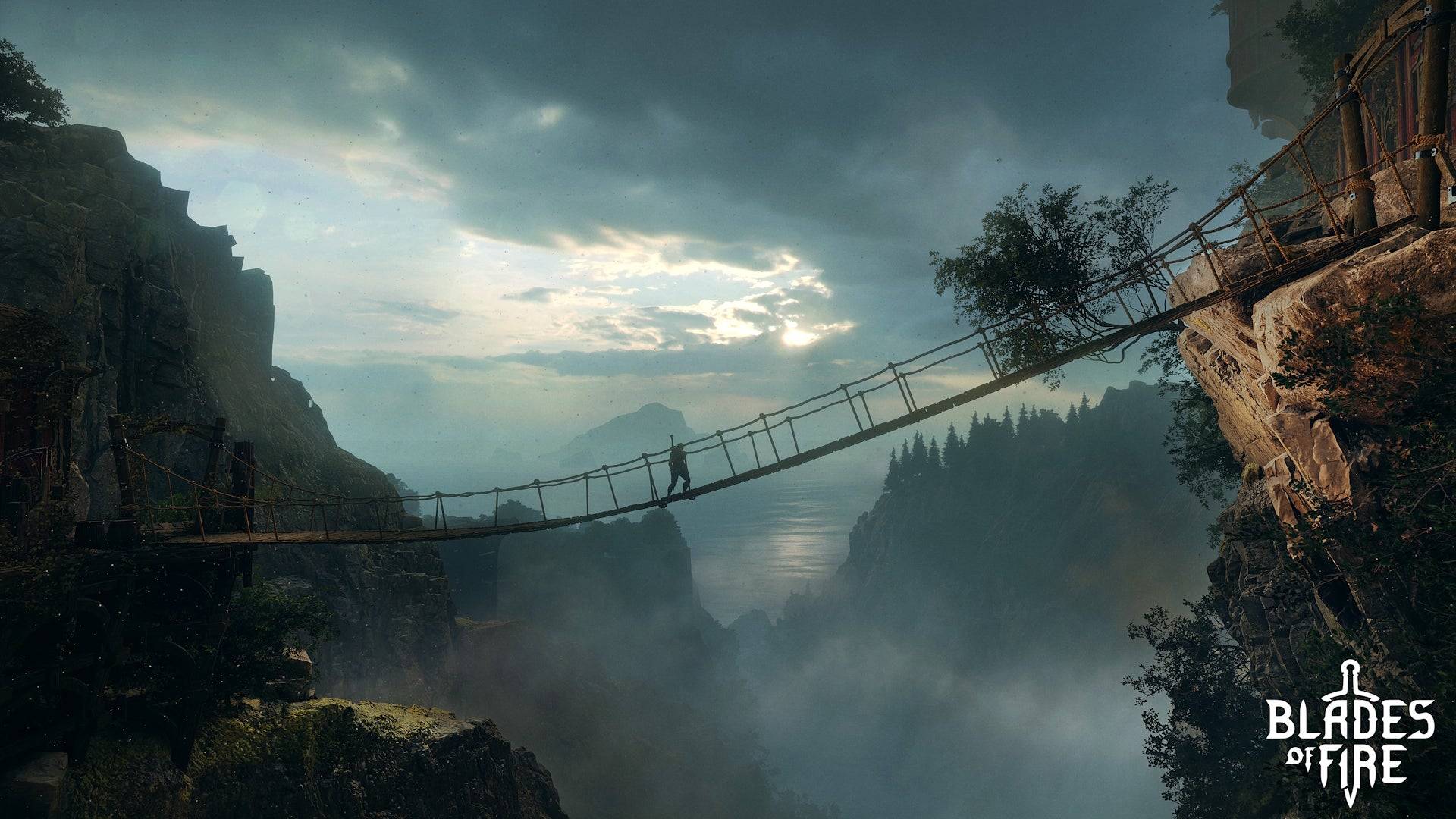

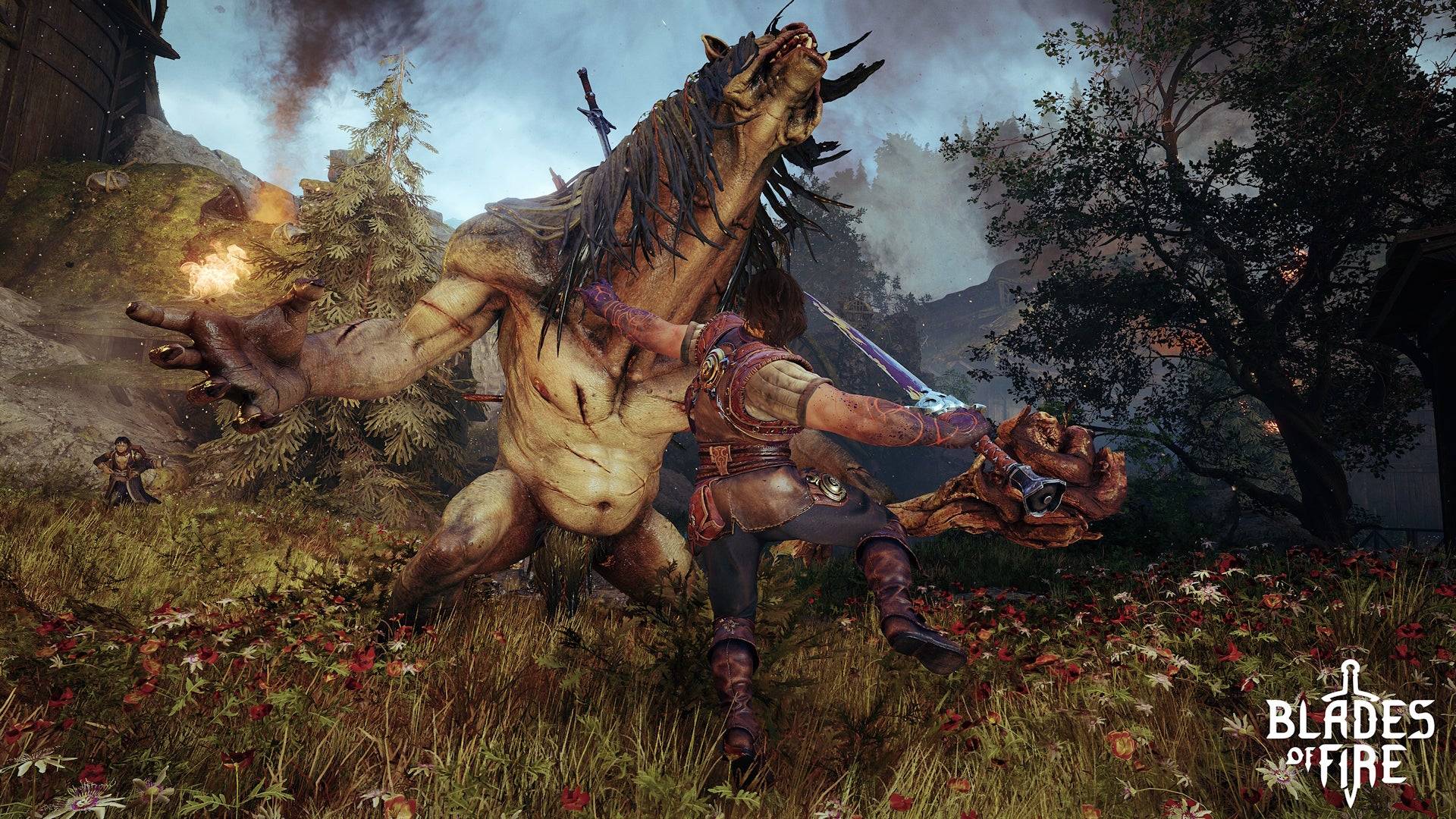
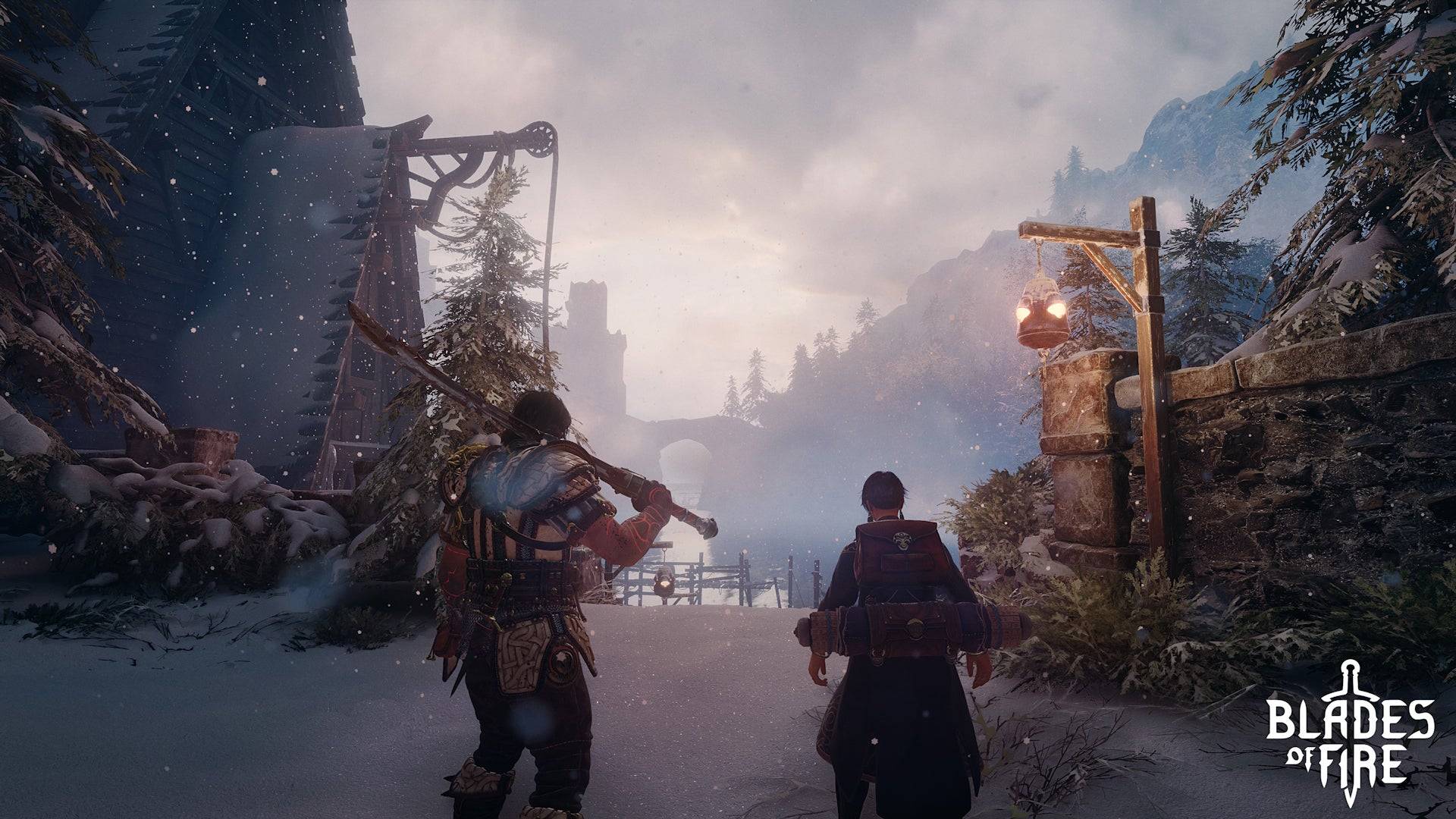
Weapons That Demand Attention
Where Blades of Fire truly innovates is in its weapon system. Unlike typical action games, your armaments deteriorate with use – each strike slightly dulls your blade, requiring periodic sharpening during combat. Every weapon also has permanent durability that eventually necessitates reforging through an elaborate crafting system.
The forging minigame represents one of Blades of Fire's most ambitious features. After designing weapons by adjusting parameters like spear length or axe-head shape, players manually hammer the metal into shape through a rhythm-based mechanic. Your performance determines weapon quality and longevity – better results yield more repairs before permanent breakage. While conceptually brilliant, this system currently suffers from unclear mechanics that may frustrate players without refinement.
Potential Meets Uncertainty
With a projected 60-70 hour runtime, concerns linger about world variety and enemy repetition – I encountered the same miniboss three times in my brief demo. However, the unprecedented weapon customization and loss mechanics create meaningful stakes. When you die, your equipped weapon remains in the world rather than simply disappearing – creating tangible consequences that should encourage fascinating long-term play patterns.
This spiritual successor to MercurySteam's cult classic Blade of Darkness modernizes the developer's foundational work while incorporating contemporary influences. Rather than cloning Souls or God of War formulas, Blades of Fire arranges borrowed concepts into something distinctly its own. In an era where mechanically dense games like Elden Ring dominate, this title's weapon-forging innovations could carve it a unique niche amongmelee combat enthusiasts.
